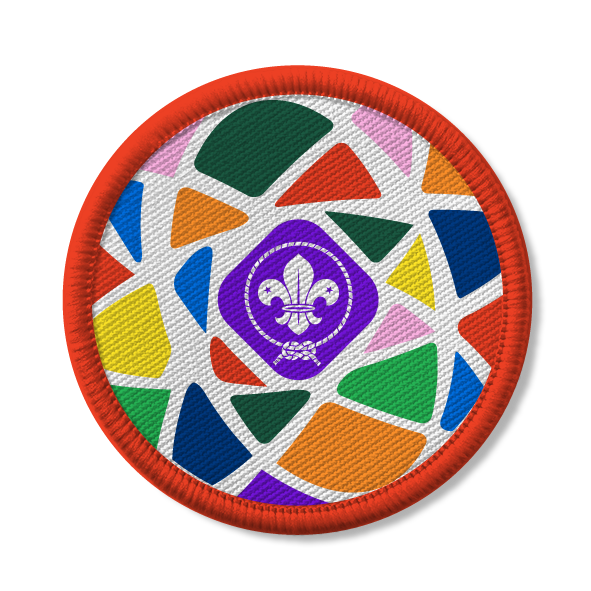
Play Treetop Twist
Before you begin
- Use the safety checklist to help you plan and risk assess your activity. There's also more guidance to help you carry out your risk assessment, including examples.
- Make sure all young people and adults involved in the activity know how to take part safely.
- Make sure you’ll have enough adult helpers. You may need some parents and carers to help.
Learning the game
- Gather everyone together and explain you’re going to play a game to learn more about trees. Ask if anyone knows any parts of a tree or anything you might find in a tree.
- One member of the group is the Forest Leader. This person will call out the instructions. It could be a young member, young leader or adult volunteer.
- Everyone else should stand in the centre of the space, ready to respond to the commands with the appropriate action.
- Everyone should practice the Forest Leader’s instructions. Read them out one at a time and show everyone the action. Let them have a practice.
- You could choose a selection from or all the following:
- Leaves: Stand on one foot with the other foot and flap your arms like a leaf swaying in the wind.
- Roots: Pretend to dig deep like the strong roots do in the ground.
- Bark: Stand with feet together and rub your hands together, just like the texture of rough bark.
- Branches: Lie down as straight as you can on the floor, like a tree branch.
- Twigs: Stand on your tiptoes, stretch arms up high, then sway gently.
- Tree trunk: Stand tall and wide, then do a strong pose, like a sturdy tree.
- Flowers: Spin around with your arms out wide, like petals.
- Logs: Pretend to chop wood.
- Birds: Flap your arms like wings.
- Squirrels: Crouch down and pretend to gather acorns.
- Seeds: Curl up in a small ball.
- Treehouse: Pretend to climb up into a tree.
- Tree rings: Players must get into pairs and hold hands, then spin together while pretending to be tree rings growing.
- Apples: Pretend to collect imaginary fruit.
Playing the game
- Once everyone knows the instructions, play the game.
- You could also add in more actions as you go to make the game harder.
- You could start to get faster to make it harder and play it so the last person to do the action is out.
- Alternatively, if you want to people to become out as you play the game, you could add in these actions:
- Forest (3, 4, 5, 6): Players must get into a line of that number of people as quickly as possible, then sway side to side. For example, for the command 'Forest three!', players must get into groups of three. Anyone without a group or with a lower number in their group could be out.
Winning the game
- The person left at the end of the game is the winner.
- If you want to do a longer warm up, or simply want to play again, play another game and change who the Forest Leader is.
- You could also ask people to create a new action and add it in, or you could add in another action you haven't used from the lists on this page.
Reflection
This activity was about being active and having fun, as well as learning about different parts of a tree. Why do you think it’s important to know all about the different parts of a tree? Can you remember any of the tree parts? Which one’s your favourite?
There were lots of actions to remember. Which one was your favourite? Were they easy or hard to remember? How did you try to remember them all? Did your friends help you?
Safety
All activities must be safely managed. You must complete a thorough risk assessment and take appropriate steps to reduce risk. Use the safety checklist to help you plan and risk assess your activity. Always get approval for the activity, and have suitable supervision and an InTouch process.
- Glue and solvents
Always supervise young people appropriately when they’re using glue and solvent products. Make sure there’s plenty of ventilation. Be aware of any medical conditions that could be affected by glue or solvent use and make adjustments as needed.
- Scissors
Supervise young people appropriately when they’re using scissors. Store all sharp objects securely, out of the reach of young people.
Make it accessible
All Scout activities should be inclusive and accessible.
If you enjoyed this activity, try some more of our tree-related activities.
